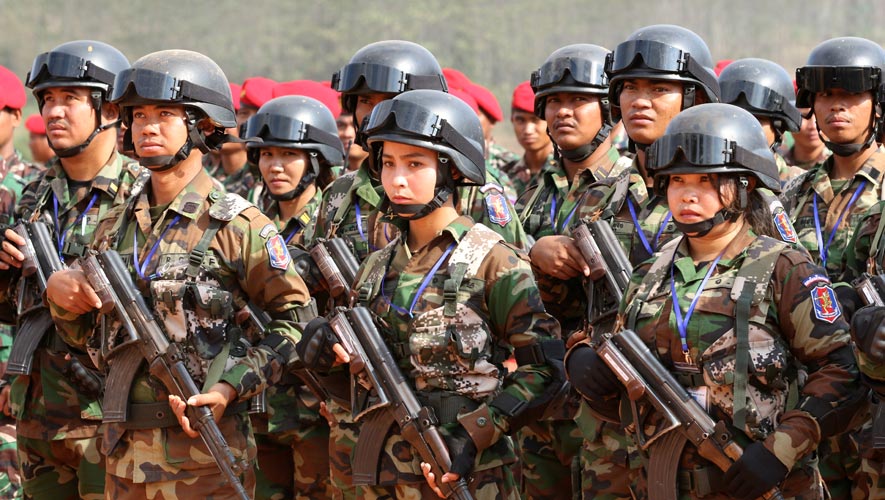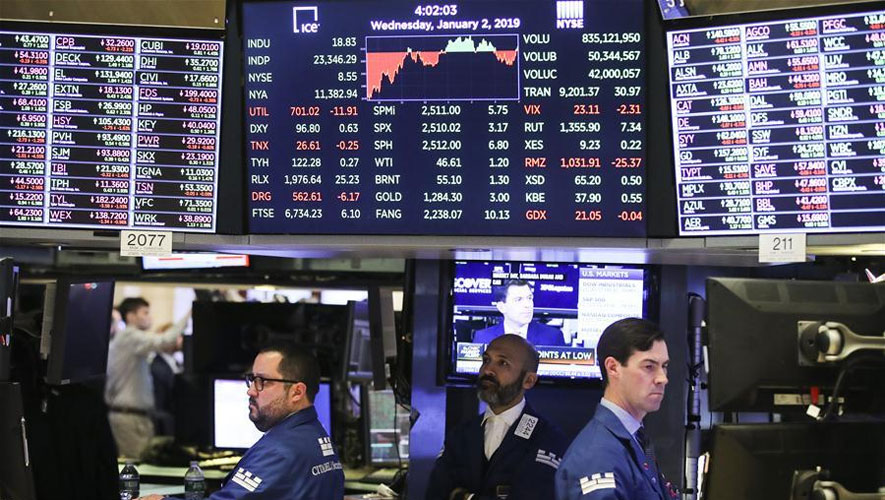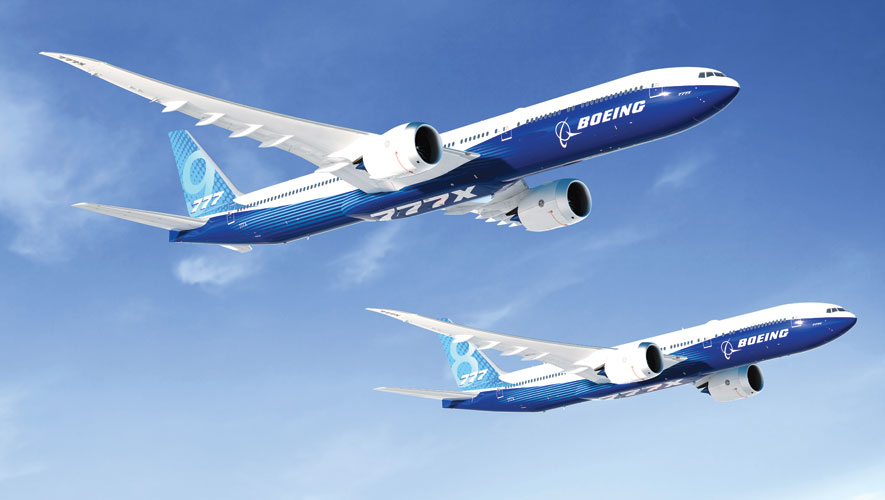The flurry of recent military activities in South China Sea and around the region appears to indicate an arms race build-up in the region.
For the latest Cambodian Business news, visit Khmer Times Business
The build-up in military responses between the two Goliaths, the US and China, with each of them having military ties with individual Asean countries could be consequential to regional peace.
Is it appropriate for Asean to play the middleman card in this dangerous situation or should the association that represents 10 Southeast Asian nations simply watch?
The founding fathers of Asean signed the declaration of the Zone of Peace, Freedom, and Neutrality (ZOPFAN) in 1971 that seeks to keep Southeast Asia from any form of outside interference by outsiders. This appears to have been clearly breached, judging by the recent spate of events.
We see individual Asean countries forging military ties with the US and China that make the area a hotbed for contestation among the various superpowers alongside other powers that would move to carve their own sphere of influence here.
In 2018, the USS Carl Vinson, a US Navy aircraft, made a historic port call in Vietnam, the first docking of its kind since the end of the war in 1975. In the same year, Vietnam took part in the Rim of the Pacific (RIMPAC) maritime military exercise hosted biennially by the US.
We might attribute Vietnam’s alliance with the US to China’s increasingly assertive stance in the region, especially in South China Sea where Hanoi and Beijing have competing maritime claims.
This year, Cambodia and the US also signed a bilateral military cooperation agreement with Cambodia to strengthen ties in humanitarian affairs, education and military training. The agreement seeks to increase US interaction with Cambodia’s military as cooperation (between them) has been at its lowest in recent times.
The Philippines has asked for a review of its 1951 Mutual Defence Treaty that seeks to end a treaty that barely looks at military and security arrangements with the country from the lenses of the US.
While it obliges both parties to act on the common dangers of an armed attack on either party’s metropolitan territory, the US remains nebulous as to whether it would extend aid to the Philippines in the event of a conflict in South China Sea.
When the Philippines and China confronted each other in 2012 near the Scarborough Shoal, the US failed to come to Philippines’ aid. As a result, China now controls the shoal.
For the Philippines, officials say, maintaining the Mutual Defence Treaty brings them little benefit, adding that scrapping it might at least convince Beijing of Manila’s independent foreign policy, which can lead to some concessions in negotiations.
Observers expect the Philippines to increase the number of joint military exercises with the US this year to rebuild ties with the old and widely trusted ally in case China threatens Manila’s sensitive maritime claims despite the growing Beijing-Manila relationship. Washington and Manila have agreed to hold 281 exercises this year from 261 last year.
China too is stepping up its military engagements in Southeast Asia, a step to counterbalance US influence in the region through deep military ties with various Southeast Asian countries.
It has also cultivated military ties with Cambodia in the aftermath of the 1997 coup. China provided $2.8 million in military aid and has since supplied a wide range of military equipment, training of military and police cadres, and naval vessels to combat drug trafficking and piracy.
A case in point is Cambodia, which has good military relations with China, evidenced by the kicking-off of the Golden Dragon Military exercise on March 13.
This military exercise is part of the Royal Cambodian Armed Forces, implementing the national defence policy between the two nations, and cooperation in all sectors.
China also has an enduring diplomatic relationship with Laos and both have promised to deepen high-level military exchanges with China pledging to continue supporting the development of Laos’ communist army.
Military cooperation between China and Thailand has also grown in recent years. In 2017, Bangkok approved a request by the Royal Thai Army to buy 34 armoured personnel carriers from China valued at 2.3 billion baht ($69.3 million) with more expected to come. They also had military exercises on land and sea.
While many parts of the world are reducing its defence expenditure, it is estimated that Southeast Asian countries have raised their military budget. Thailand and Indonesia’s military spendings have grown 10 percent year-on-year.
In all certainty, there appears to be an increase in arms procurements with several Southeast Asian countries buying tanks, helicopters, fighter jets and submarines. In fact, Vietnam’s arms imports increased by almost 700 percent, bringing Hanoi into the top 10 position from the 43rd position of the world’s largest arms buyers. Many attribute the increased defence spending in the region to China’s growing strategic rise and US’ withdrawal from the region.
Would the heightening tension between the two superpowers in the region through military ties with individual Asean countries escalate security issues in the region?
Asean should immediately strive for an “Asean Defence Pact” that will avert individual member states from having unilateral military ties with superpowers that would lead to compromises being made in the region. Only then, can we be assured of ZOPFAN’s true existence in the region.
Sathish Govind
Contributing Writer, Capital Cambodia




